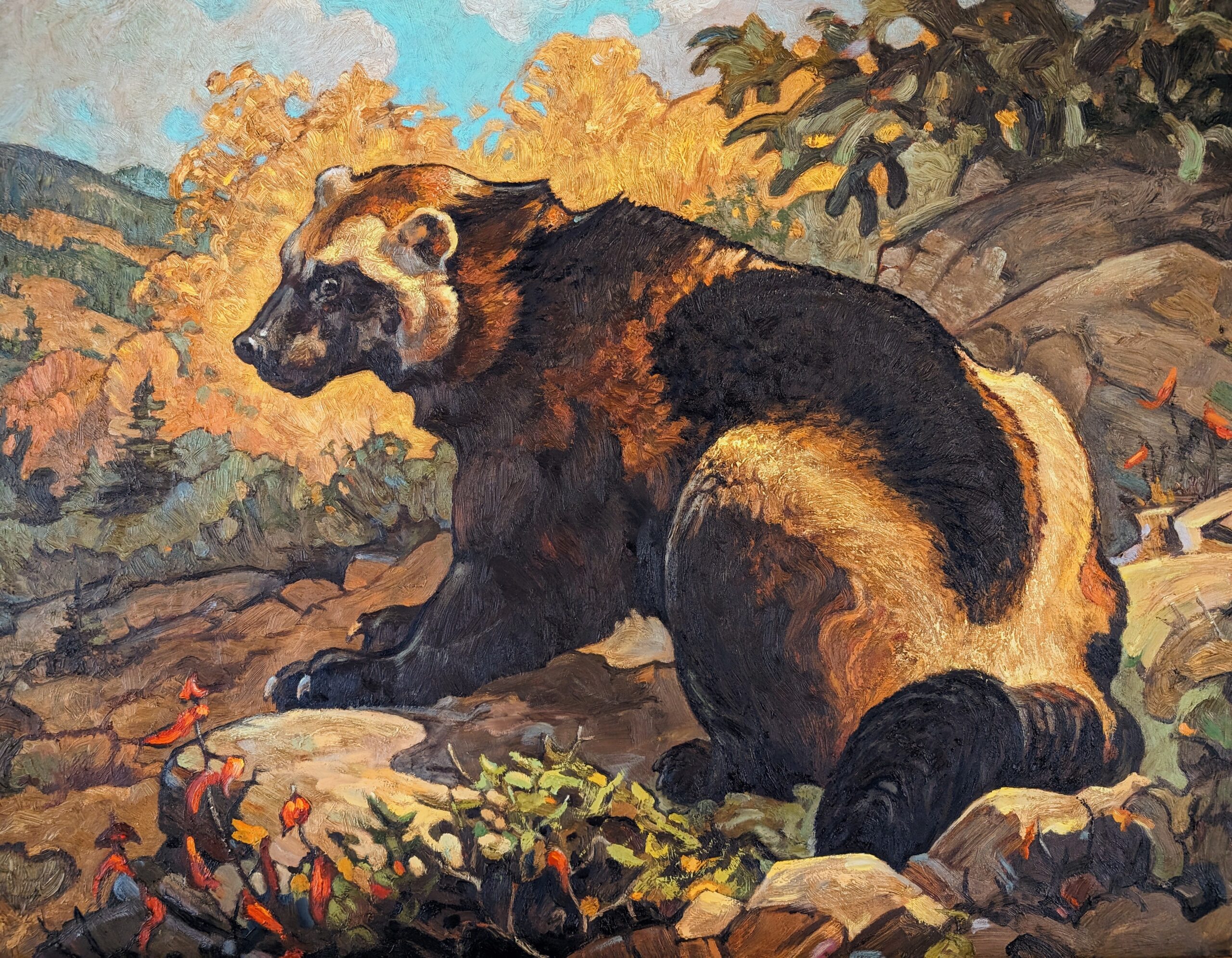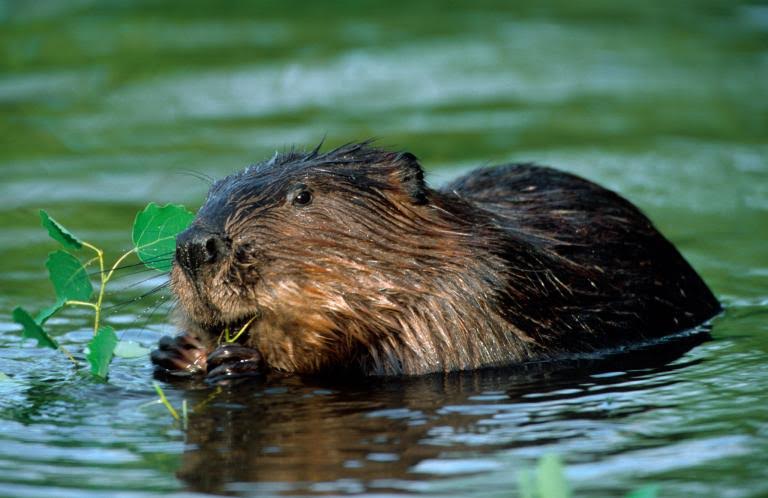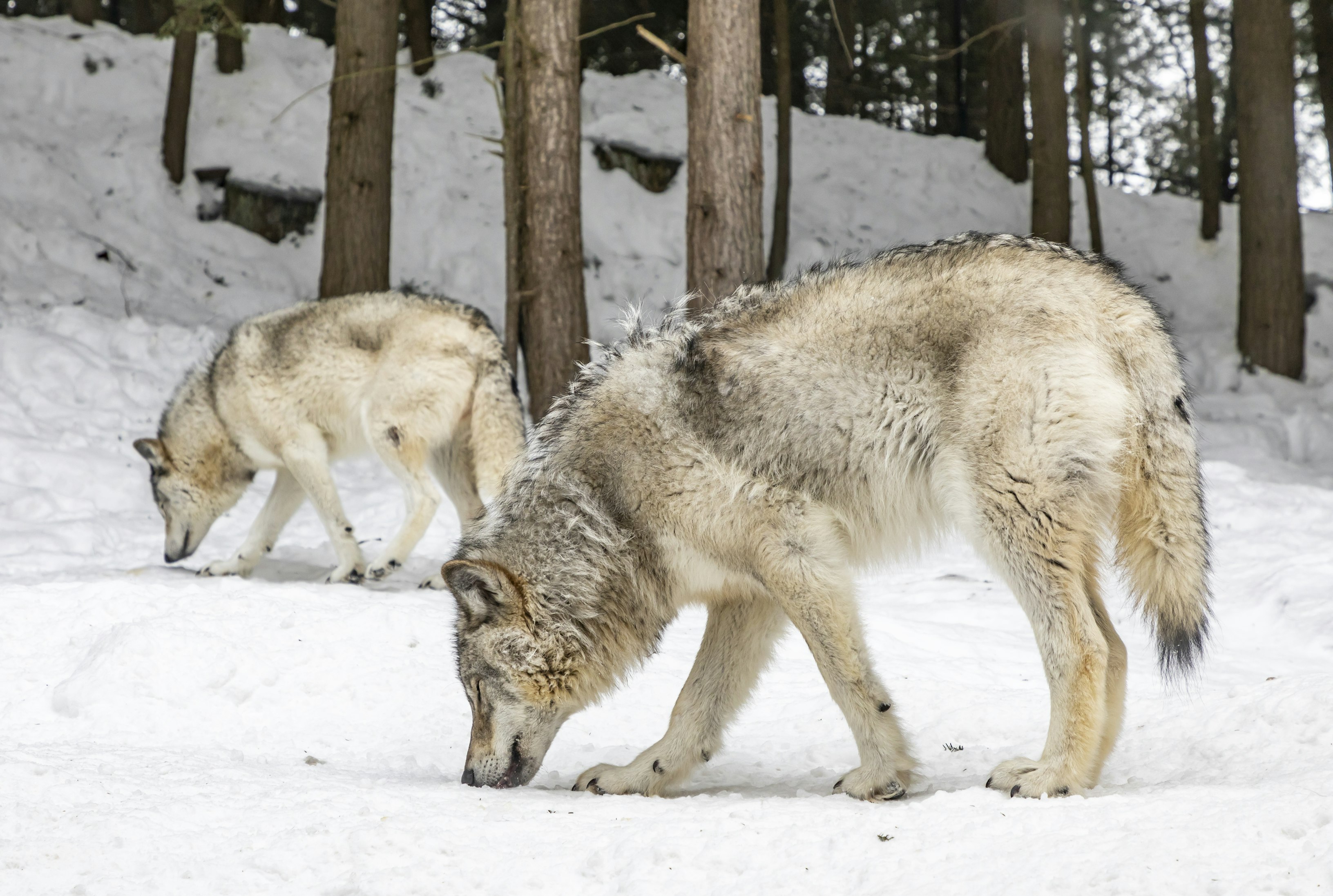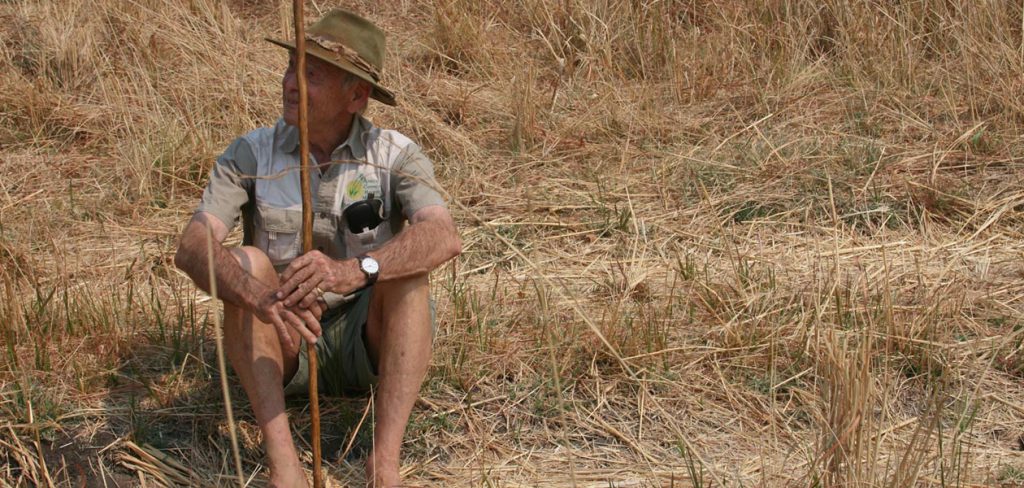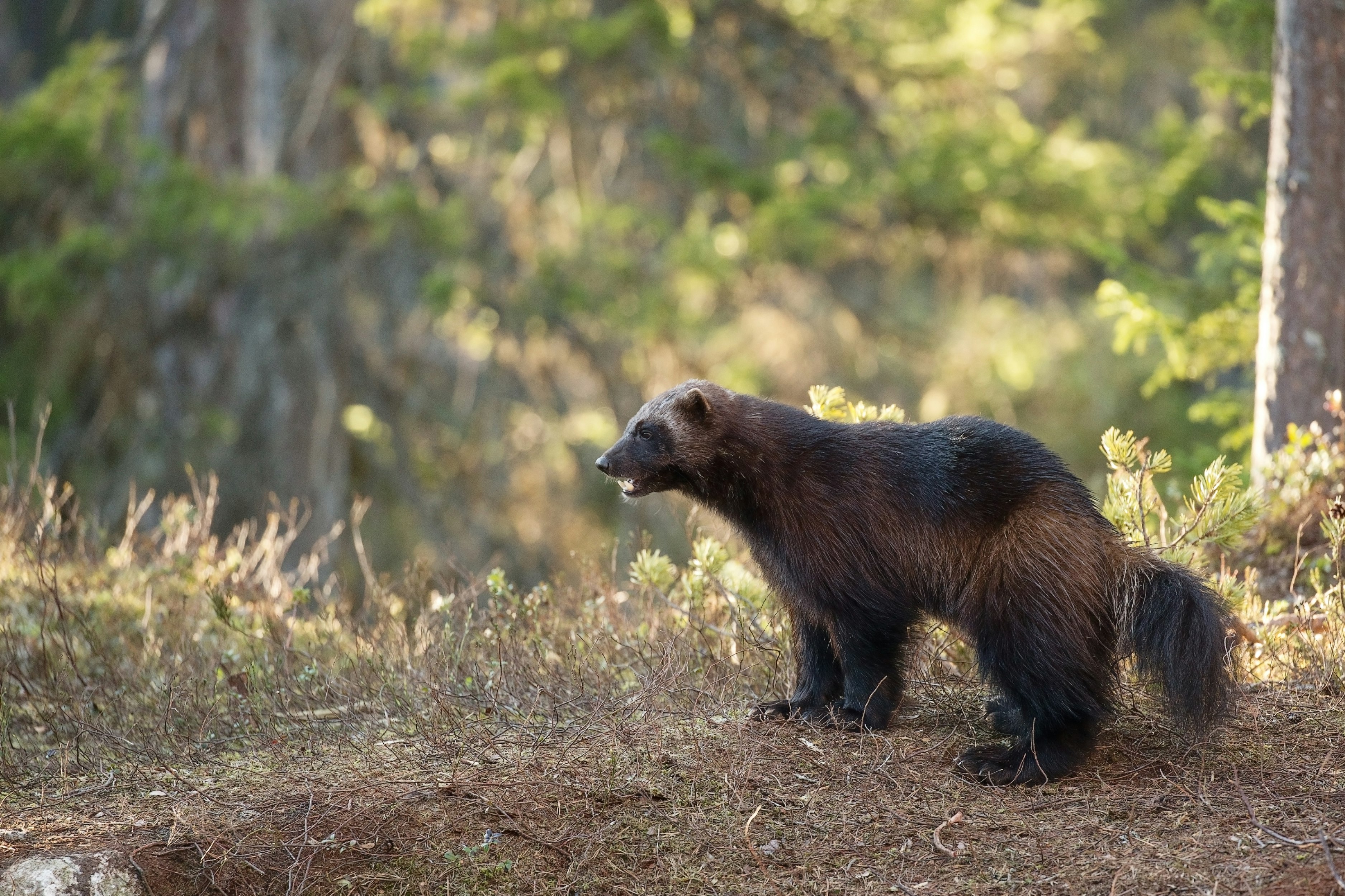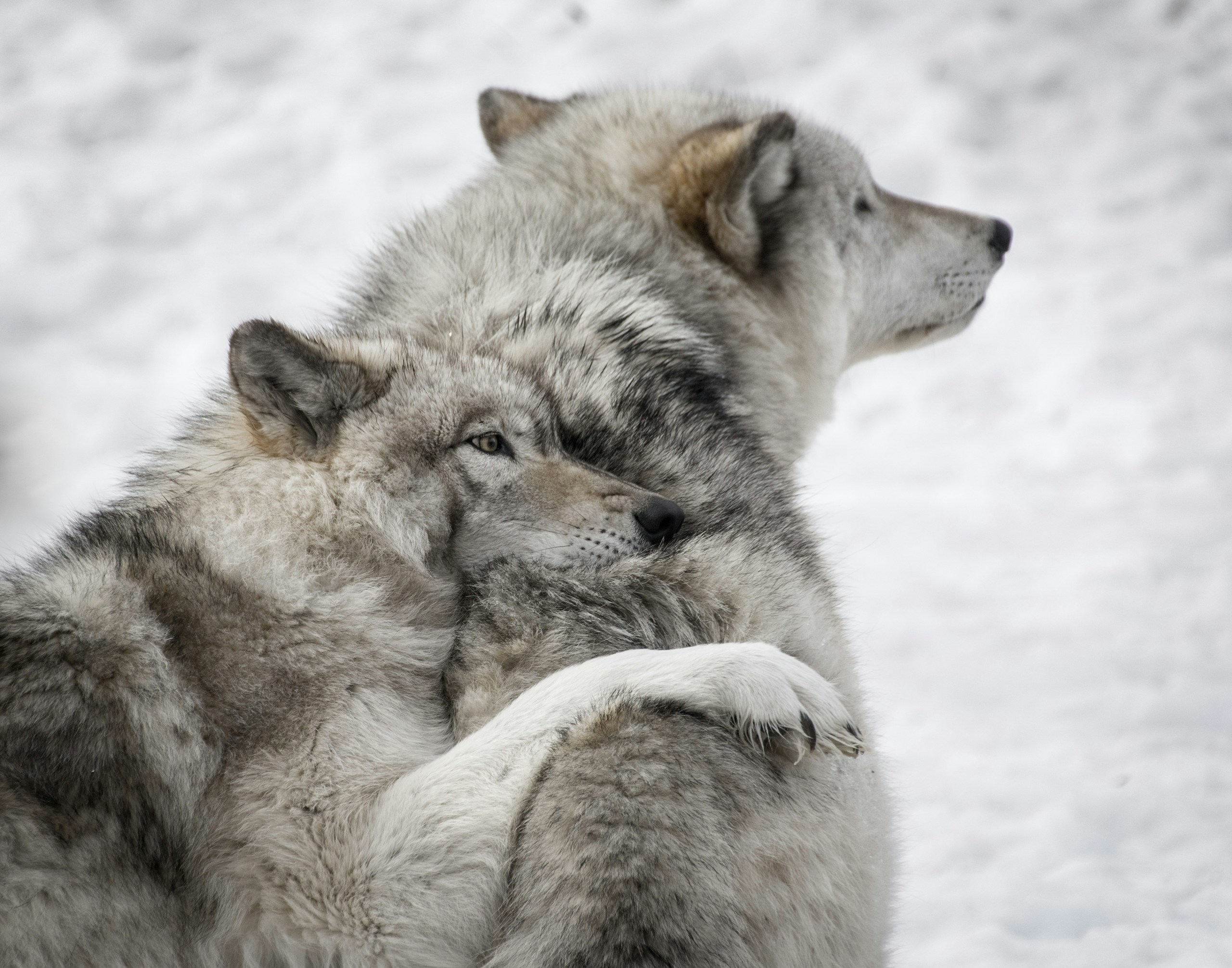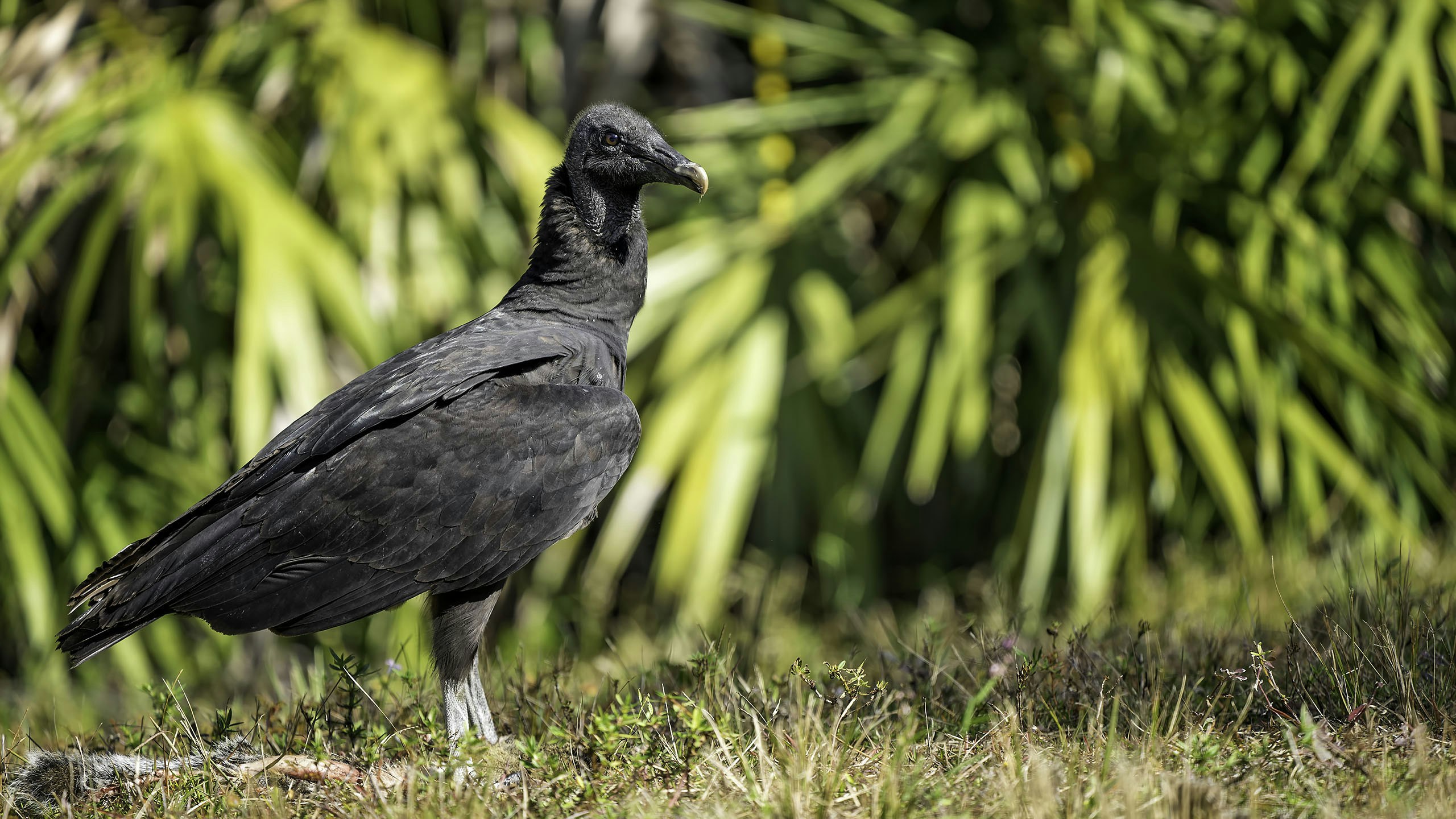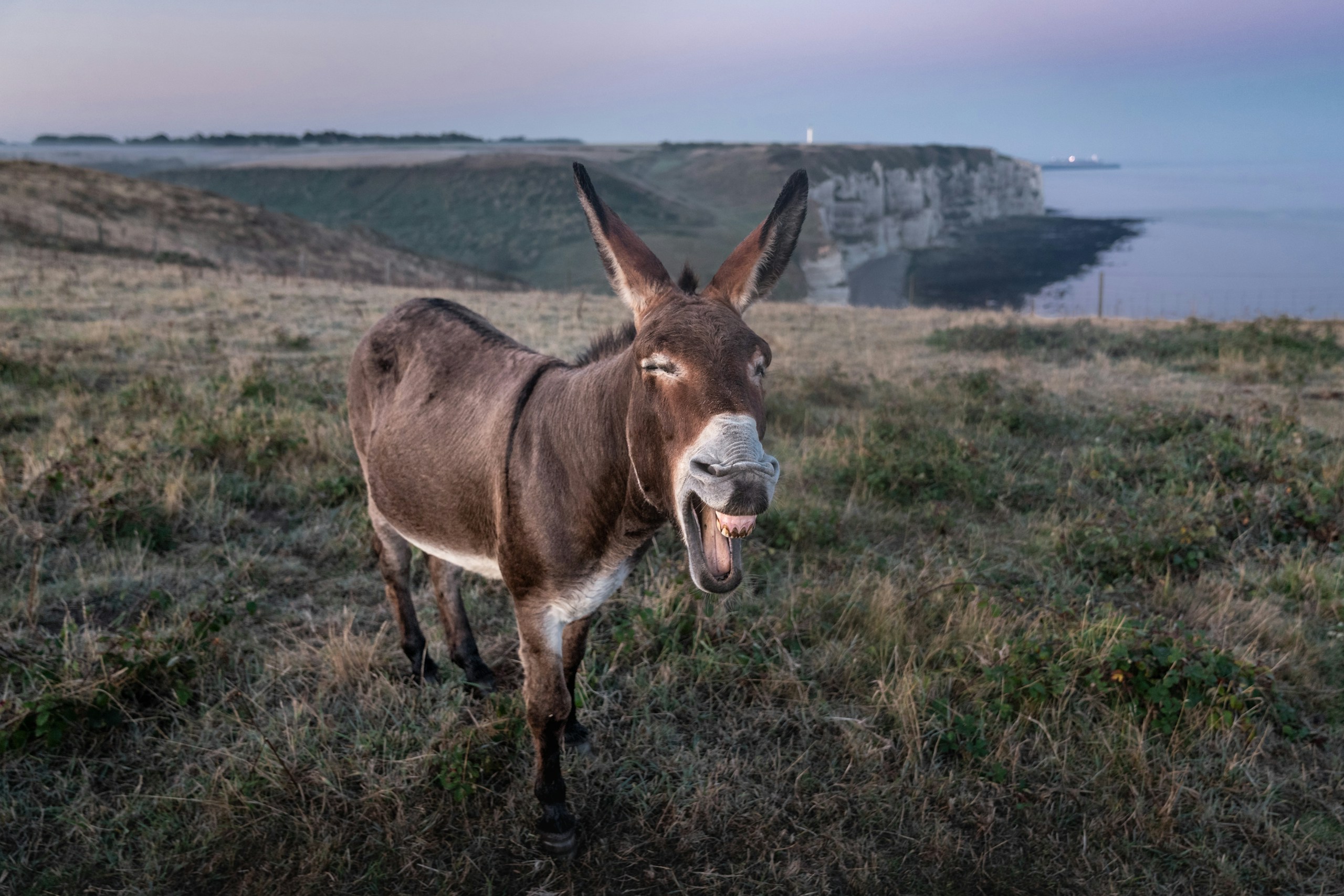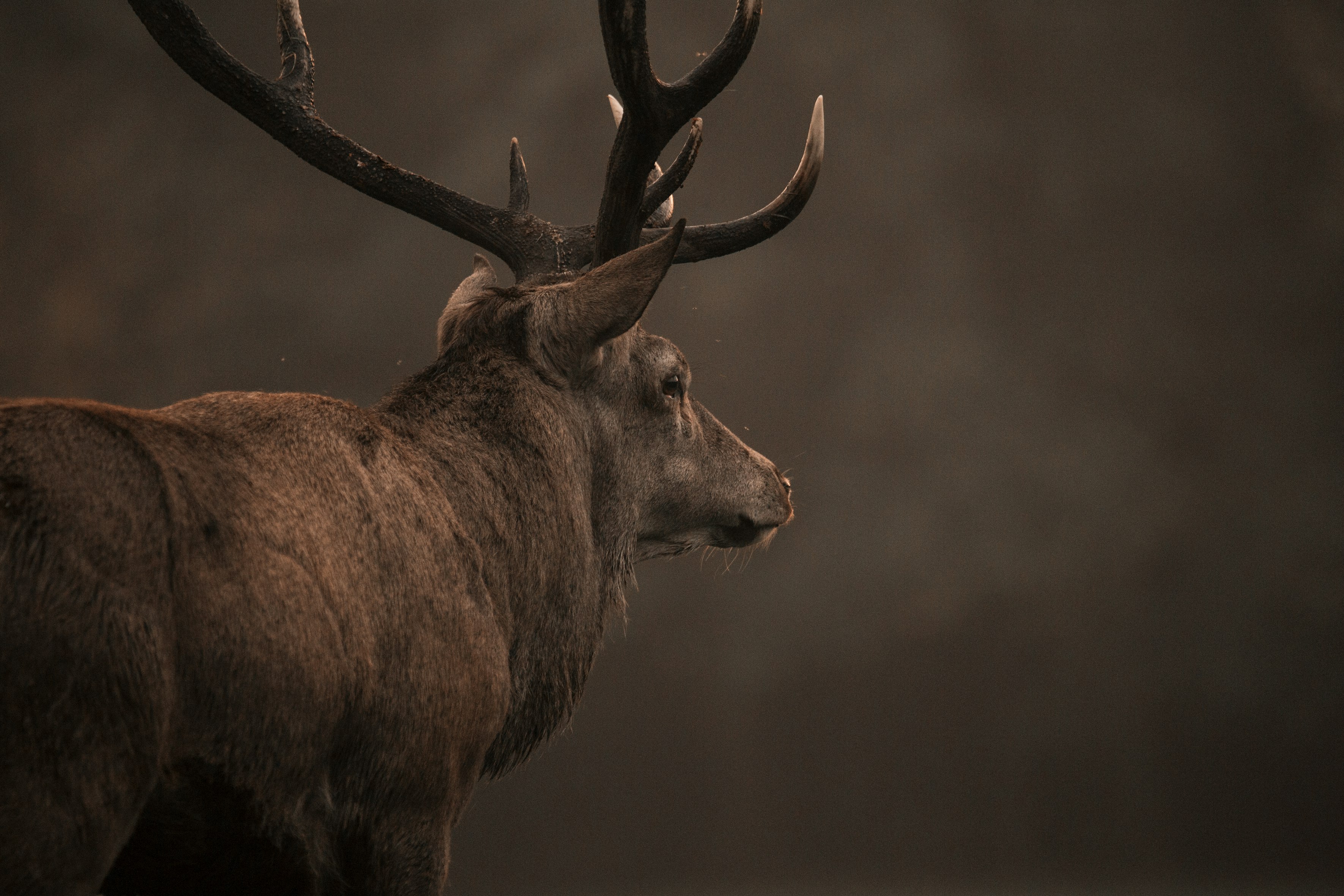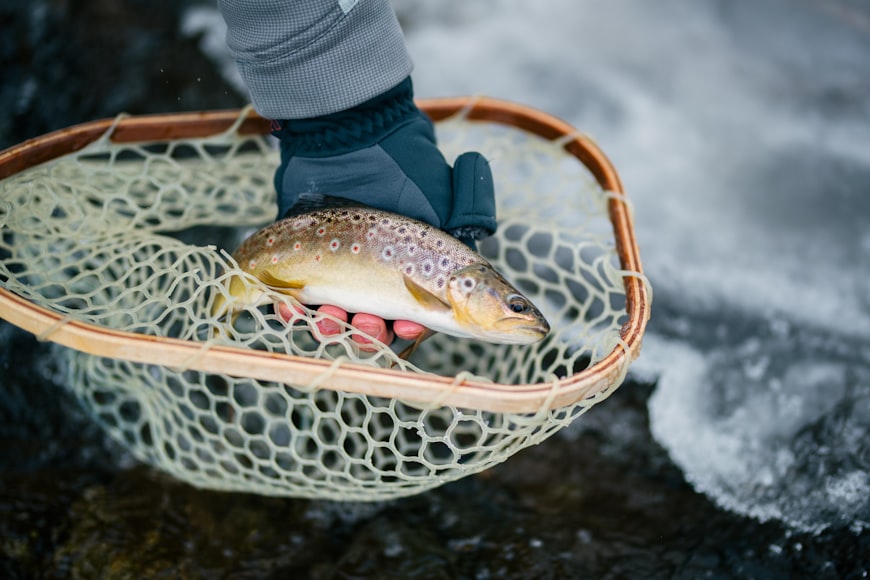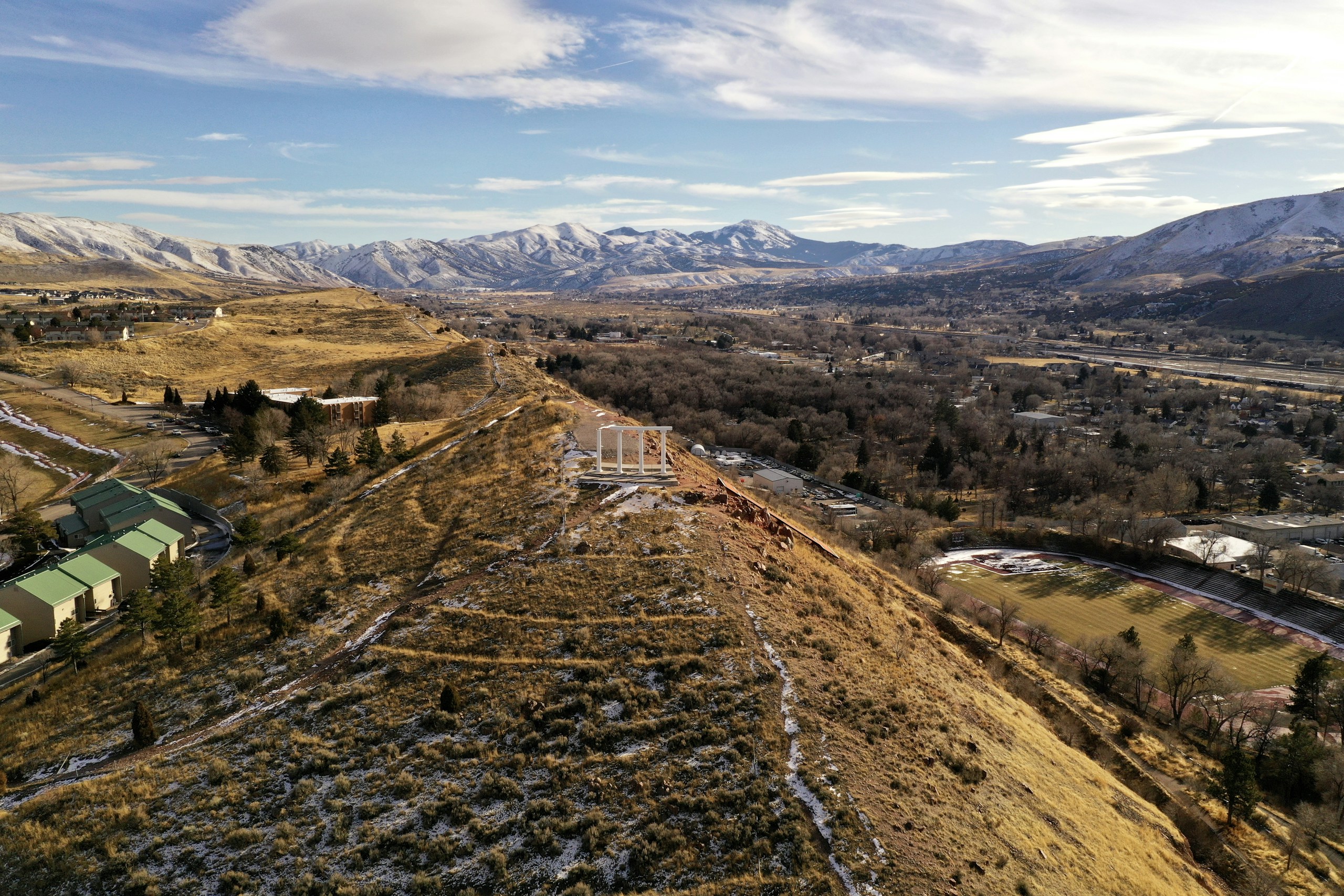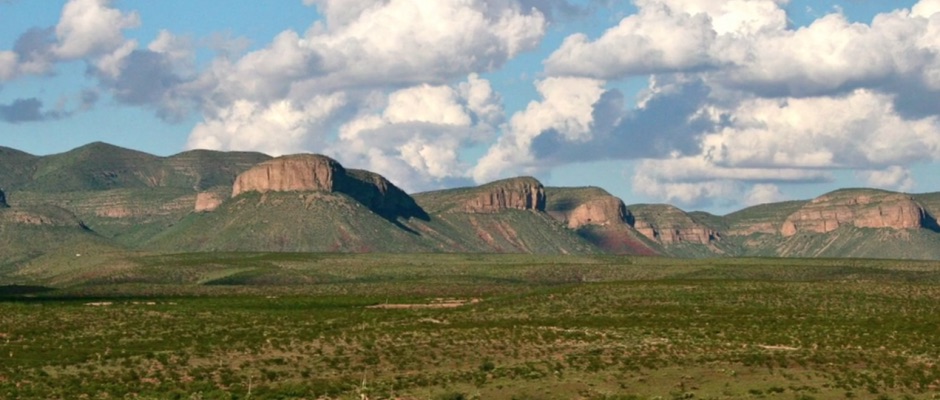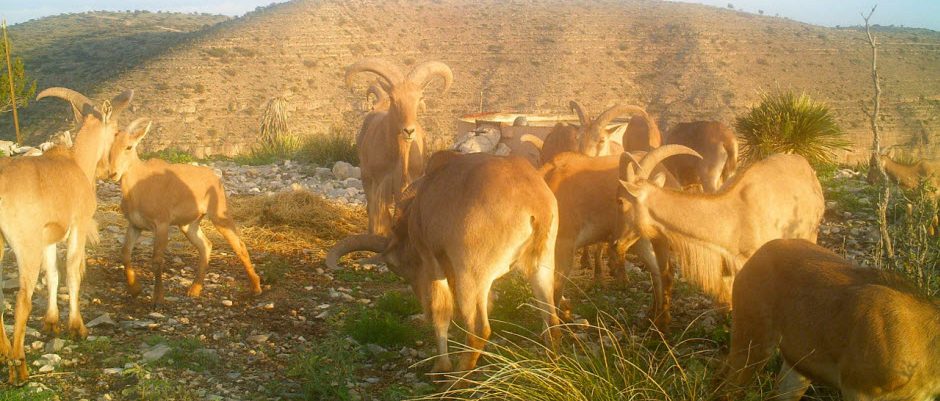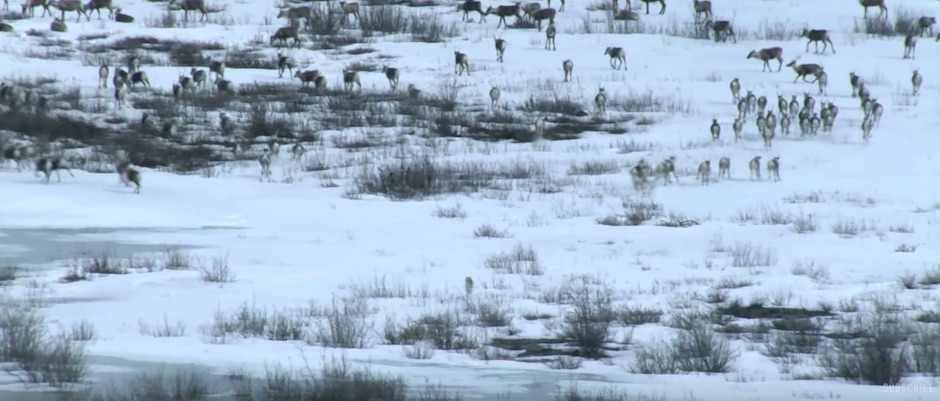Predators
Predators, more than any other wildlife, engendered fear and loathing, prompting an all-out assault through much of history.
Often painted as the enemy to livestock production and therefore frontier and later rural civilization, predators’ positive role in the environment was never considered.
Predators evolved alongside the herds they hunted. Predators keep herds healthy and strong by selectively culling the weakest members—the old, the injured, the genetically compromised and abandoned youngsters. In their pursuit of prey, predators also keep the vast herds on the move, protecting habitat by keeping the grazers from staying in one place too long.
When we look at nature’s big picture, we have to recognize the role predators play in the health of the natural world. True biodiversity must also include fangs and claws.
